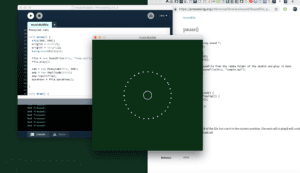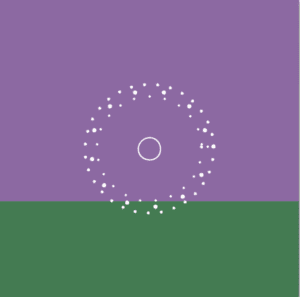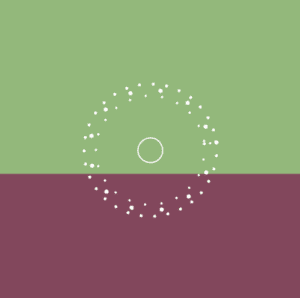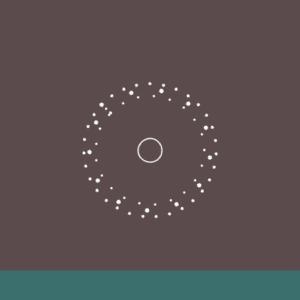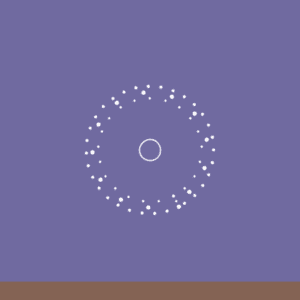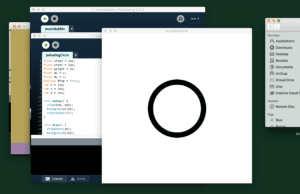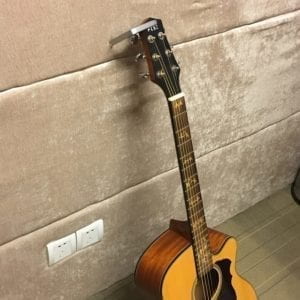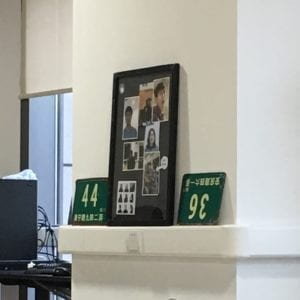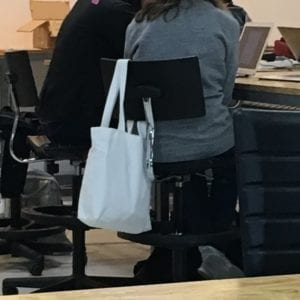The David Rose presentation explores the idea of enchanted objects which takes ordinary, everyday objects and reimagines and enhances them while retaining its familiarity. He imagines a world where technology uses objects that we already know and make them more than ordinary. He uses an umbrella as an example by putting a blue LED on the bottom to signify whether he will need to use it via data gathered from weather reports. He also imagines a reality where we will be more empathetic and closer to technology instead of seeing technology as something on a screen and removed from it.
There are things that I definitely like about David Rose’s approach and vision. The idea that we should be modifying objects that we already are familiar with the necessary technology they need rather than using apps is an appealing and good idea. We should hone the objects we need for specific functions for those functions rather than making external technology to tell us those functions. It makes our lives more immediate and convenient. However, what I don’t like about his approach is how it can arguably break us away from experiencing things naturally. Our experiences are reduced to what’s convenient and efficient for us. I also think at the rate that technology is improving, the objects we are familiar with will be greater versions of what they are. I also imagine a world where individuals will want to go back to the more natural state of experiencing things instead of a world where technology guides us.
